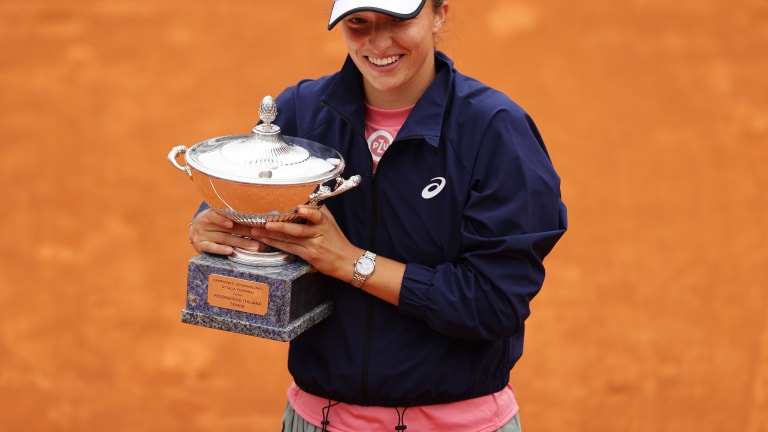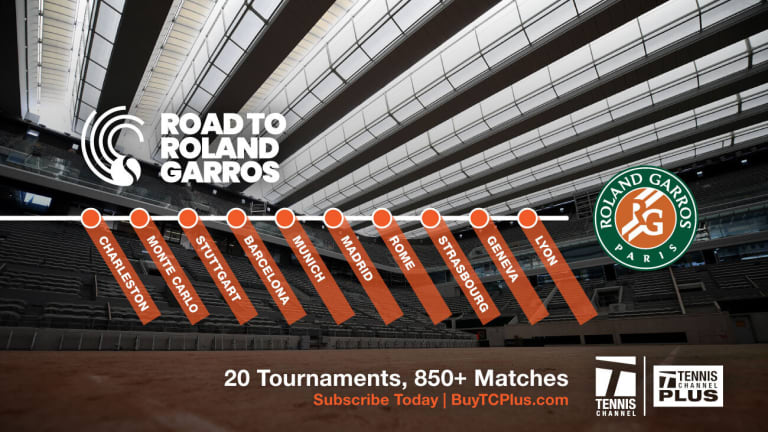Polish phenom Iga Swiatek rules in Rome
card-sponsor-pre May 16, 2021Roland Garros
Can champion Iga Swiatek bring consistency, too?
card-sponsor-pre May 26, 2021Wimbledon
The Tennis Conversation: Tim Henman
card-sponsor-pre May 21, 2021Wimbledon
Debating best-of-three sets vs. best-of-five
card-sponsor-pre May 21, 2021Flawless Final: Iga Swiatek double bagels Karolina Pliskova in Rome
May 16, 2021Pliskova powers past Martic to reach third consecutive Rome final
card-sponsor-pre May 15, 2021Iga Swiatek wins twice to reach Rome final, now a win away from Top 10
card-sponsor-pre May 15, 2021Elina Svitolina holds off Garbiñe Muguruza to complete Rome QF line-up
card-sponsor-pre May 13, 2021Gauff relishes flawless performance with Barty matchup looming
card-sponsor-pre May 13, 2021Swiatek's unusual Roland Garros victory brings unusual title defense
card-sponsor-pre May 13, 2021Polish phenom Iga Swiatek rules in Rome
The only thing Karolina Pliskova won in this encounter was the pre-match coin flip.
published_tag May 16, 2021
Advertising

Polish phenom Iga Swiatek rules in Rome
© Getty Images
Advertising

Polish phenom Iga Swiatek rules in Rome